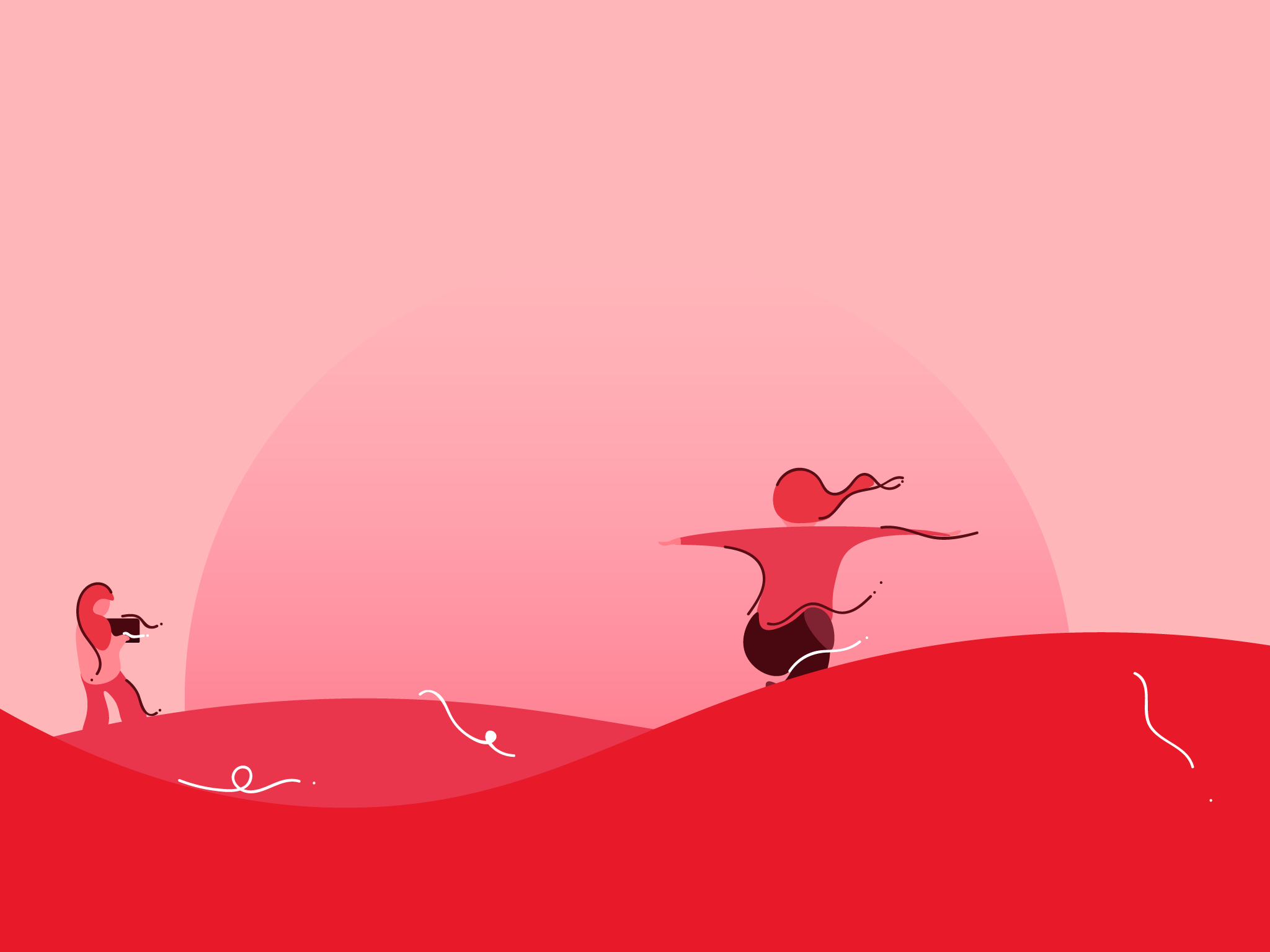
Regular readers and followers on Twitter might have already picked up on my love of balance. The Swedes have a word for this, Lagom, which roughly translates to something like “just enough”, or “moderation”. In practice, lagom is the pursuit of balance in all things. ⚖️
It’ll come as no big shock that work-life balance nears the top of my list of priorities. Even more so over the past few weeks, since taking a ten-day vacation to get married and then honeymoon in Sweden, where I experienced lagom first hand.
I didn’t realise it at the time, but this break would prove to be crucial and give me some much-needed perspective on my first couple of months at HelpDocs.
We honeymooned in an Airbnb for 5 nights, which is apparently a strange choice for a honeymoon, according to pretty much everyone we told. To be honest, lazing around on a beach in the Bahamas, or backpacking around south-east Asia just isn’t our style. Instead, a small cabin in Boo—a residential area on Värmdö in Stockholm’s archipelago—played host to our first holiday as wife and husband.
Airbnb is a strange one for me. I can get quite anxious when it comes to unusual and uncontrollable situations, which is one reason I avoid the “come and share my home” listings. Give me the whole place and let me get on with it. At the very least, I’ll take a private room with a private bathroom.
Some people might say it’s a bit anti-social. They’d probably be right! I like to think of it as another aspect of my introversion.
So, when I realised the cabin in which we’d spend the most romantic holiday of our lives was in the rear garden of an atypical Swedish home, you can perhaps understand why I was a little wary.
That wariness, however, was soon proven unfounded.
While the AirBnB description suggested we would be holed up in a glorified toolshed, the reality couldn’t have been more different.
From one side, it was the glorified toolshed I’d been worried about. But from the other, it was equal parts incredible and breathtaking.
It was the perfect Swedish hideaway, complete with a wooden decking area and the promise of a sauna—though we wouldn’t need one, given the temperature never dropped below 25°C.
The decking overlooked clumps of pine trees which surrounding the cabin and teemed with local wildlife—red squirrels, jays, woodpeckers, and a wandering fallow deer who passed by at dawn on its way to the local lake each morning. The cabin itself was built with the well-designed precision you'd expect from the home of Ikea, and the whole experience was made sweeter by my intentional disconnection from everything “work”.
Instead of destroying the landscape—which would have been the default move here in the UK—the cabin was perched atop the metamorphic landscape, nestled amongst pines behind the house of the Airbnb host. Nature, it seemed, was in perfect harmony with humanity. It was the perfect illustration of lagom.
The idea of pursuing balance in all things was a theme that carried on throughout our time in Stockholm. Our days would be adventurous outings to the archipelago, exploring the Old Town, or swimming in the local lake. That would take up half of our day, with the other half relaxing on the decking, reading or watching the local wildlife as time drifted on.
The time we took exploring Stockholm and the archipelago was a welcome break, and it made me realise I’d lost balance in the lead up to the wedding.
In the lead up to my ten-day vacation, my work-life balance skewed as I spread myself too thin. I had too much “big” stuff happening at one time. Something had to give. Unfortunately for HelpDocs, it was my work that suffered.
At the time, it didn’t feel like it suffered. I was still putting in hour after hour at the screen, writing away, working on various projects, doing multiple strategic tasks.
Despite that, looking back it’s clear my output had lessened. My mind was on other things—table plans, packing, carving and oiling individual mushroom favours for all our guests. Life had taken up all my mental energy and left little room for work.
I was experiencing the earliest signs of burnout—something that often goes hand in hand with discussions around work-life balance. I felt a kind of self-imposed pressured to push myself, and to not be open with my team for fear of being rumbled as an imposter—through no fault of the team, I might add.
It’s a blessing that we have an open and understanding culture. Jake and Jarratt could see I was struggling and responded in the best way any boss could—by showing empathy and allowing me to work through it, with guidance if necessary.
Taking a step back to recharge and get away from work for a few days allowed me to reflect, before reaching the point where true burnout really set in.
Since then, I’ve come to realise the real idea of burnout has become a phantom in the startup and tech worlds, which is filled with hustle-fuelled entrepreneurs.
To many CEOs, burnout isn’t a real concern. They trivialise it, like a boogeyman or irrational fear that merely needs to be conquered.
Every day, I hear more and more CEOs peddling this kind of lie, that you should live and breath work as an employee. The idea that working 16 hours a day is expected and you should be “flexible”—which is often code for “willing to work your knuckles to the bone”.
It’s equal parts funny and concerning for me to see these same short-sighted CEOs oppose notions of work-life balance while following-up with some pseudo-philosophical rant about “boundary setting” and “putting family first”—a rose by any other name!
As a passionate advocate, I’ve come to understand that work-life balance is different for everyone. It depends on your own definition of happiness, success, and what’s most important to you. And it doesn’t have to be set in stone.
It can change, it should change. It should evolve with you and your priorities. The priorities that inform my work-life balance are in no way the same as when I was in my early twenties, going through my “partying” phase, or studying at university.
My definition of work-life balance is also entirely different from that of my teammates and the HelpDocs co-founders, Jake and Jarratt. My day is often broken up with dedicated “personal time” to take the dog for a walk, or an equally refreshing life task. I’ll regularly exceed the traditional 8-hours but spread throughout the day. What’s more, my week begins on a Monday and ends on a Friday, with the occasional weekend work if I feel like it, or it’s necessary.
Jake and Jarratt take a more holistic approach.
To them, work and life are simultaneous. Their work week is from Monday to Sunday. Their waking hours are their work hours, with perhaps some time dedicated to eating and working out.
To some, that might seem unbalanced but include the context of travelling around the world, seeing a new city every few weeks and experiencing a new culture, and balance is restored.
Jake and Jarratt balance their extreme work ethic—putting in hundreds of hours working on HelpDocs each week—with travelling around the world. As such, their work-life balance is as much like the Swedish cabin as mine. Work and life are interspersed, blurring the line where one begins and the other ends.
It’s a testament to a strong team culture that we can approach work-life balance from entirely opposite angles, yet reach the same place. What’s more, we appreciate our individual priorities and definitions work for us, keeps us productive, and helps us stay happy.
In the end, that’s all that matters.
